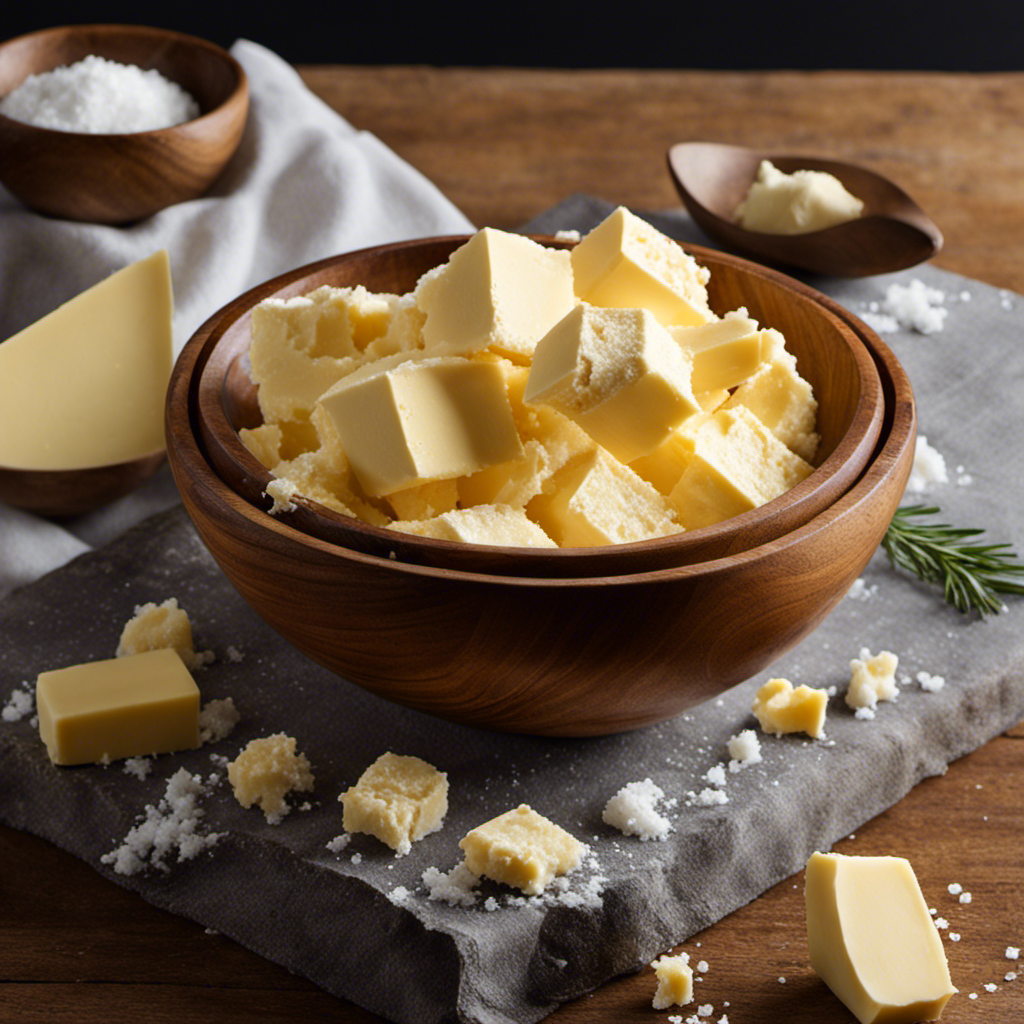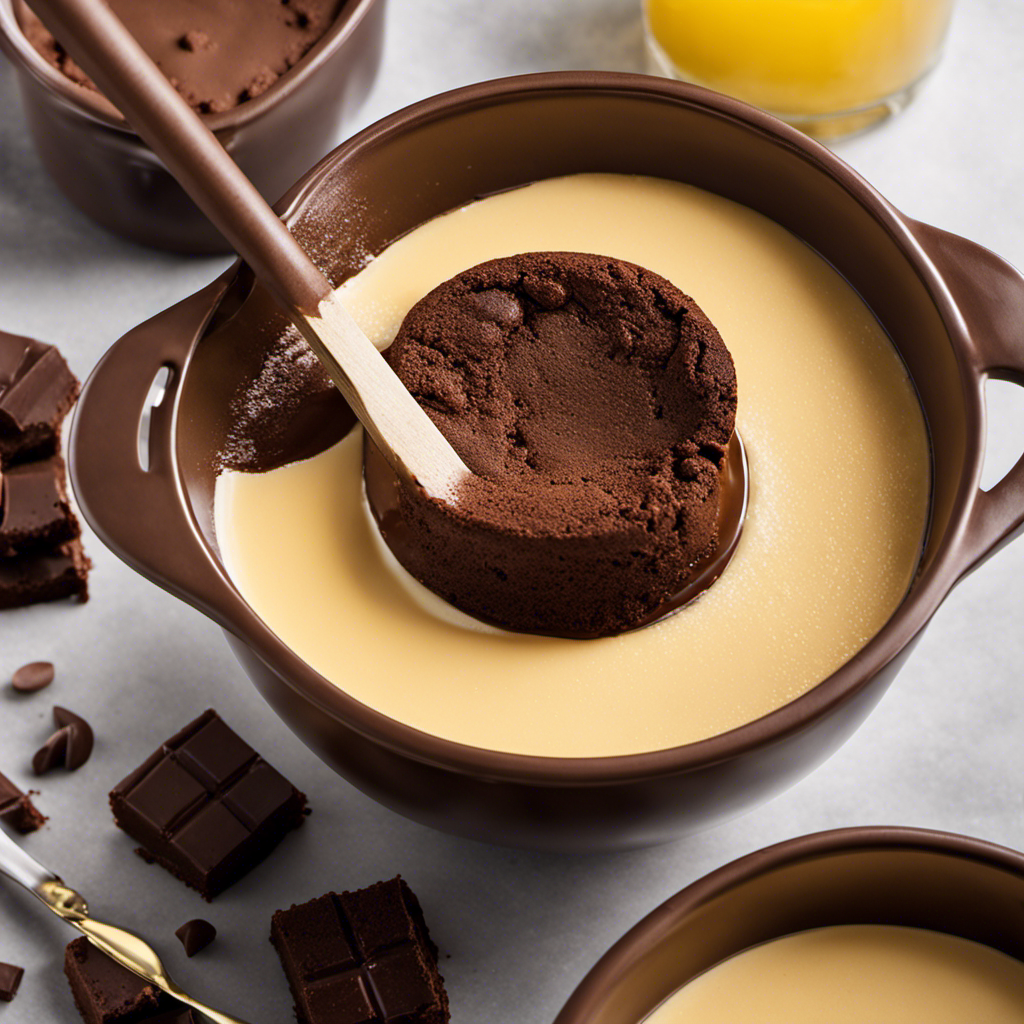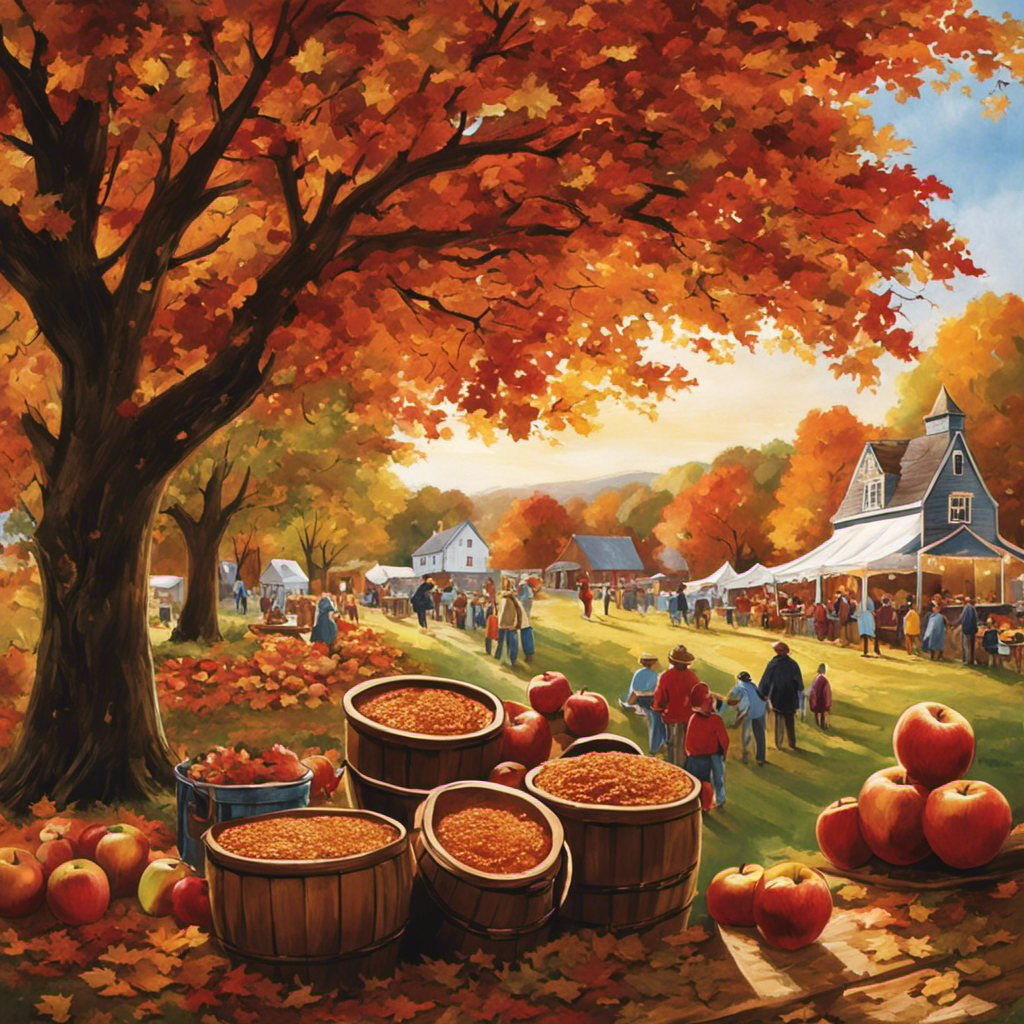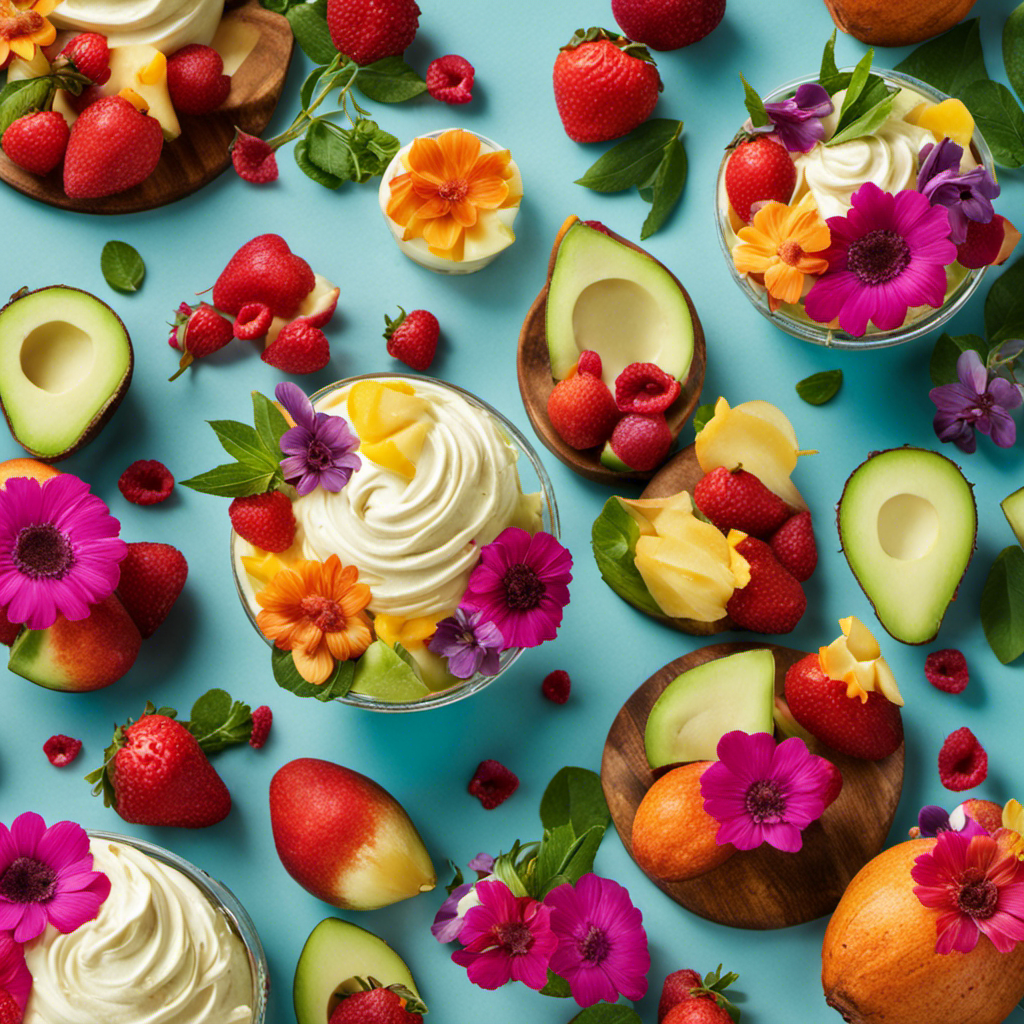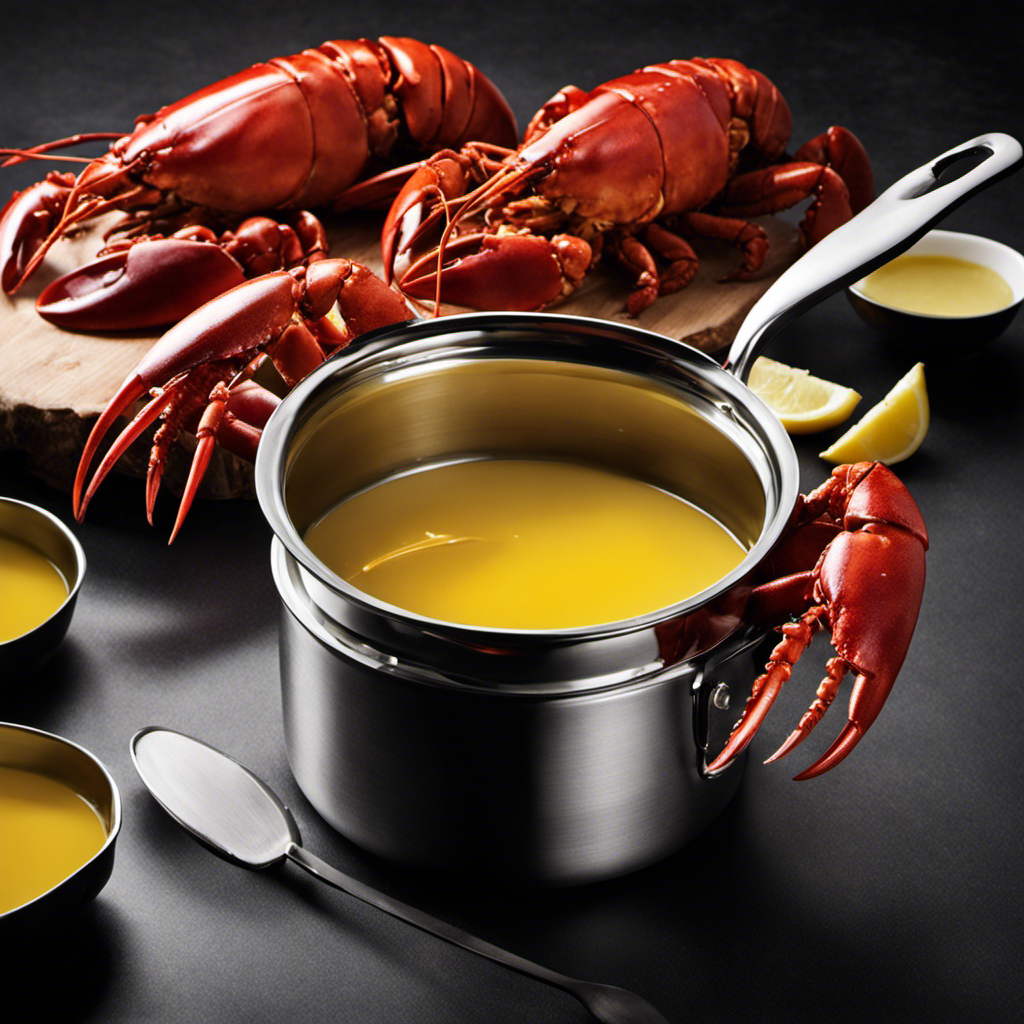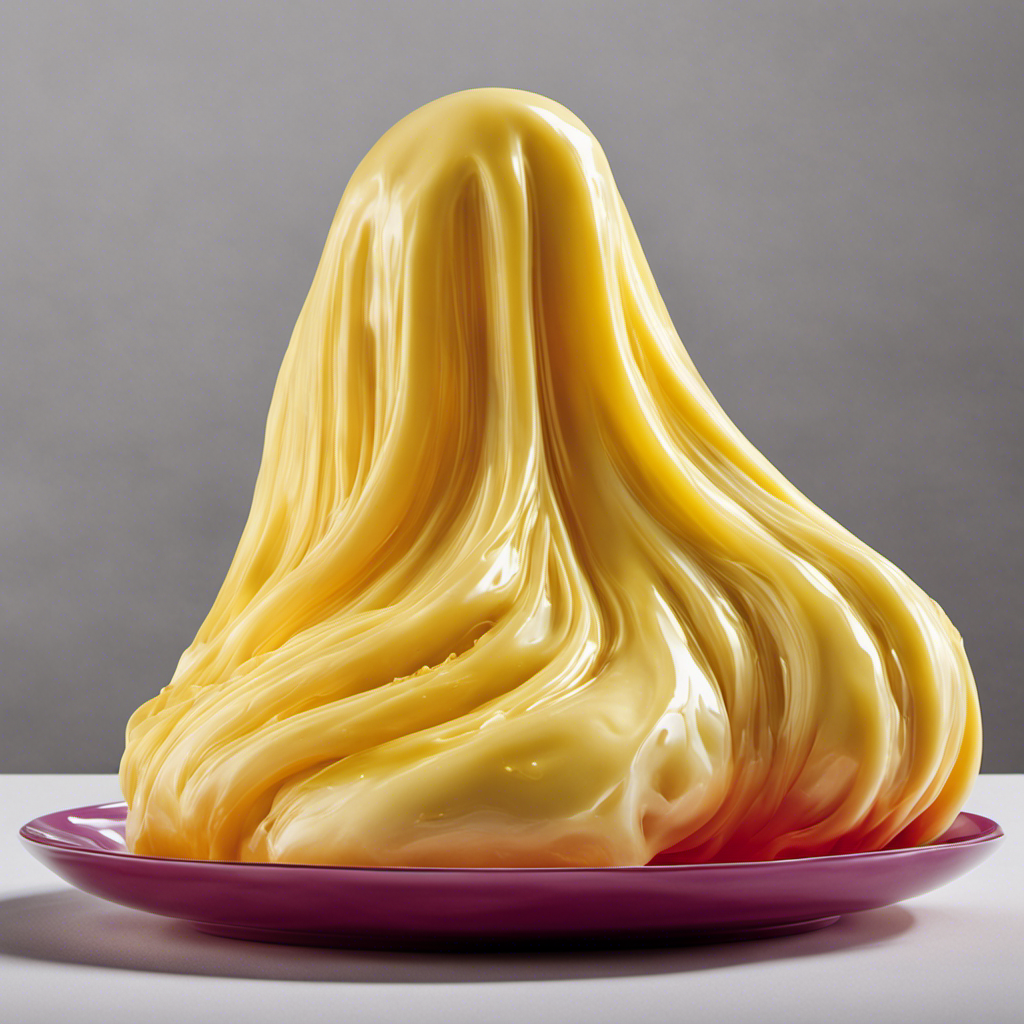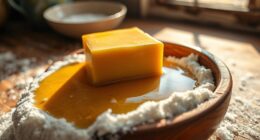I have always enjoyed using salted butter, but occasionally I only have unsalted butter on hand. Instead of going to the store, I have found a quick and easy method to turn unsalted butter into the salty spread that I crave.
In this article, I will guide you through the process, step-by-step, so you can enjoy homemade salted butter in no time. Trust me, once you try this, you’ll never have to settle for unsalted again!
Key Takeaways
- Unsalted butter gives you more control over the flavor of your recipes.
- Salted butter adds a savory kick and enhances the flavor of your dishes.
- Using salted butter saves time and effort by eliminating the need to add additional salt.
- Salted butter is versatile and can be used in both sweet and savory recipes.
Understanding the Difference Between Unsalted and Salted Butter
To understand the difference between unsalted and salted butter, you’ll need to know that unsalted butter contains no added salt while salted butter has a small amount of salt added to it.
When it comes to baking, using unsalted butter gives you more control over the flavor of your recipes. It allows you to adjust the amount of salt to your liking, resulting in a more balanced and precise taste.
On the other hand, salted butter is great for spreading on bread or enhancing the flavor of savory dishes. When choosing the right type of butter for different recipes, consider the overall taste you want to achieve.
For delicate desserts like cookies or cakes, unsalted butter is usually preferred. However, for dishes that require a touch of saltiness, salted butter can be a flavorful addition.
Why You Might Want to Turn Unsalted Butter Into Salted Butter
If you’re looking for a way to add a savory kick to your butter, you might want to consider adding salt. Salted butter can be a great addition to many recipes, as it enhances the flavor and brings out the taste of other ingredients.
Here are a few reasons why you might want to use salted butter in your cooking:
-
Convenience: Using salted butter eliminates the need to add additional salt to your recipe, saving you time and effort.
-
Consistency: Salted butter ensures that your dish will have a consistent level of saltiness every time you make it, allowing you to control the flavor profile.
-
Versatility: Salted butter can be used in both sweet and savory dishes, making it a versatile ingredient to have in your kitchen.
By using salted butter, you have the added benefit of controlling the salt level in your recipes, ensuring that each dish is perfectly seasoned to your taste.
Gather the Ingredients and Equipment You’ll Need
Gather all the ingredients and equipment you’ll need to make your own salted butter. To start, you’ll need unsalted butter, preferably at room temperature. It’s important to use unsalted butter as it ensures you have control over the salt level. You’ll also need fine sea salt or kosher salt, depending on your preference.
In terms of equipment, you’ll need a mixing bowl and a sturdy spatula or spoon for mixing. If you prefer a smoother texture, you can also use a hand mixer or stand mixer. It’s important to have everything ready before you begin, as mixing techniques and adjusting the salt level require your full attention.
Now, let’s move on to the step-by-step guide to adding salt to unsalted butter.
Step-by-Step Guide to Adding Salt to Unsalted Butter
Now, let’s begin by understanding the importance of using the right amount of salt when adding it to your unsalted butter. Adding salt to unsalted butter is a simple way to enhance the flavor of your baked goods.
Here are some benefits of using salted butter in baking:
- Salted butter adds a savory element to your recipes, balancing out the sweetness.
- It enhances the overall taste and aroma of your baked goods.
- It helps to preserve the freshness and extend the shelf life of your baked goods.
However, if you don’t have salted butter on hand, there are alternative methods for adding flavor to unsalted butter:
- You can dissolve salt in a small amount of water and mix it into the butter.
- Another option is to sprinkle a pinch of salt directly onto the butter and mix it in thoroughly.
- You can also experiment with adding other herbs and spices to create unique and flavorful compound butters.
Mixing and Incorporating the Salt With the Butter
When it comes to measuring salt for butter, precision is key. Using a kitchen scale to weigh out the exact amount of salt ensures consistent results every time.
As for mixing techniques, I’ve found that using a fork or a small whisk helps evenly distribute the salt throughout the butter, creating a smooth and flavorful spread.
Salt Measurement for Butter
To properly measure the salt for the butter, you’ll need a teaspoon. Salt measurement techniques are crucial when turning unsalted butter into salted butter, as it is important to balance flavors effectively. Here are a few tips to help you get the right amount of salt:
-
Start with a small amount: It’s easier to add more salt than to remove it, so begin with a conservative amount and adjust to taste.
-
Use fine salt: Fine salt dissolves more easily, ensuring an even distribution throughout the butter.
-
Mix well: To ensure the salt is evenly incorporated, thoroughly mix the butter and salt together until smooth.
By following these salt measurement techniques, you can achieve a perfectly seasoned salted butter.
Now, let’s move on to the next section and explore techniques for mixing the salt into the butter.
Techniques for Mixing
Mixing the salt thoroughly with the butter ensures an even distribution of flavors. When it comes to turning unsalted butter into salted butter, the technique used for mixing is crucial in achieving the perfect flavor balance. There are a few different mixing techniques that can be employed to ensure that the salt is evenly incorporated into the butter. One method is to use a fork or a whisk to vigorously mix the salt into the butter until it is fully combined. Another technique is to use a mixer or a food processor to blend the salt and butter together. This will result in a smoother and more evenly flavored salted butter. Whichever technique you choose, be sure to mix the salt thoroughly to achieve a consistent flavor throughout the butter.
| Mixing Technique | Description |
|---|---|
| Fork/Whisk | Vigorously mix the salt and butter together using a fork or a whisk until fully combined. |
| Mixer/Food Processor | Use a mixer or a food processor to blend the salt and butter together for a smoother and more even flavor. |
| Hand Kneading | Knead the salt and butter together by hand until fully incorporated. |
Adjusting the Salt Level to Your Taste Preferences
When it comes to adjusting the salt level in my dishes, I find it crucial to understand the different salt measurement techniques. This knowledge allows me to accurately season my food and achieve the perfect balance of flavors.
Additionally, I have learned the importance of balancing flavors effectively by considering not only the saltiness but also the sweetness, acidity, and bitterness in a dish.
Salt Measurement Techniques
If you’re unsure about how much salt to add, you can use a pinch or a half teaspoon for a subtle or stronger salty taste, respectively.
When measuring salt, it’s important to have accurate techniques to ensure the desired level of saltiness. Here are some effective salt measurement techniques to help you adjust salt levels precisely:
-
Use a measuring spoon: This is the most common and precise way to measure salt. Make sure to level off the salt with a straight edge for accurate measurements.
-
Use a kitchen scale: Weighing the salt on a kitchen scale provides the most accurate measurement. This method is especially useful when following a specific recipe that calls for a precise amount of salt.
-
Taste and adjust: Sometimes, the best way to measure salt is by taste. Start with a small amount, taste the dish, and gradually add more until you achieve the desired saltiness.
Balancing Flavors Effectively
To balance flavors effectively, you should taste your dish as you cook and adjust the seasonings accordingly.
Balancing flavors is all about finding the right combination of tastes to enhance the overall taste of your dish.
Start by using a small amount of seasoning and gradually add more until you achieve the desired flavor. Remember that different ingredients have different flavor intensities, so it’s important to taste and adjust accordingly.
If your dish tastes too salty, you can balance it out by adding a bit of acidity, like lemon juice or vinegar.
On the other hand, if your dish is too sweet, you can balance it by adding a touch of salt or a hint of bitterness, like coffee or dark chocolate.
Experimenting with different flavors and adjusting as you go will help you create a perfectly balanced and delicious dish.
Experimenting With Seasoning
Now that we understand how to balance flavors effectively, let’s move on to the next step: experimenting with seasonings. This is where the fun begins!
As I started my journey of turning unsalted butter into salted butter, I tried various combinations of herbs, spices, and other flavorings to find the perfect salt to butter ratio. Here are some key points to keep in mind:
- Start with small amounts: It’s best to add seasonings gradually to avoid overpowering the butter.
- Taste as you go: Take small spoonfuls of the butter mixture and taste it to determine if the flavors are balanced.
- Keep notes: Write down the amounts and types of seasonings you add each time, so you can recreate your favorite combinations.
Storing and Using Your Homemade Salted Butter
First, make sure to store your homemade salted butter in an airtight container in the refrigerator. This will help maintain its freshness and prevent it from absorbing any unwanted odors. When it comes to storing techniques, it’s important to keep in mind that salted butter has a longer shelf life compared to unsalted butter. It can last for several weeks, if not more, in the refrigerator. However, if you want to extend its shelf life even further, you can also store it in the freezer. This will allow you to keep it for several months without compromising its taste or quality.
Now, let’s talk about some creative uses for your homemade salted butter. Aside from spreading it on toast or using it in baking, salted butter can add a unique flavor to your cooking. You can use it to sauté vegetables, grill meats, or even make a delicious sauce. Its saltiness enhances the overall taste of dishes, giving them a savory twist. Additionally, you can also use salted butter as a flavoring agent in popcorn, mashed potatoes, or pasta dishes. The possibilities are endless when it comes to incorporating salted butter into your culinary creations. So, get creative and enjoy the rich, buttery goodness!
| Storing Techniques | Creative Uses |
|---|---|
| Refrigerator | Sautéing veggies, grilling meats |
| Freezer | Making sauces, flavoring popcorn |
Tips and Tricks for Perfectly Salted Butter Every Time
When making your own salted butter, remember to gradually add salt to the butter mixture to ensure it is perfectly seasoned. This step is crucial in achieving the desired taste and flavor.
Additionally, using flavored salt in homemade salted butter can elevate its taste to a whole new level. Some benefits of using flavored salt include adding unique and complex flavors to your butter, such as truffle salt or smoked salt. It can also enhance the overall presentation of your butter, making it more visually appealing.
Another creative way to incorporate herbs and spices into salted butter is by infusing them directly into the butter mixture. This allows the flavors to meld together and creates a delicious and aromatic spread that can be used in a variety of dishes.
Frequently Asked Questions
Can I Use Any Type of Salt to Make Salted Butter?
Yes, you can use various types of salt to make salted butter. Different salts, like sea salt or kosher salt, can add unique flavors and textures to your homemade butter, enhancing its taste and overall quality.
How Long Can I Store Homemade Salted Butter?
The shelf life of homemade salted butter depends on how it’s stored. The best way to store it is in an airtight container in the refrigerator. It can last for up to two weeks.
Can I Use Margarine Instead of Unsalted Butter?
Using margarine as a substitute for unsalted butter in making salted butter is not recommended. Margarine has a different composition and taste. Also, table salt and sea salt differ in taste and texture, affecting the final result.
Is It Possible to Remove the Salt From Salted Butter?
Removing salt from salted butter is not possible, as the salt is already incorporated into the butter during the manufacturing process. The salt content in butter enhances its flavor and texture.
Can I Use Flavored Salts to Make Salted Butter?
Using different types of salts for flavoring is a great way to make salted butter. Simply add your desired flavored salt to unsalted butter and mix well. You can also experiment with adding herbs and spices for extra flavor.
Conclusion
In conclusion, turning unsalted butter into salted butter is a simple and rewarding process. By adding just a pinch of salt, you can transform the flavor profile of your butter and elevate your culinary creations to new heights.
With the right ingredients and equipment, mixing and incorporating the salt is a breeze. Adjusting the salt level to your taste preferences ensures a perfectly seasoned butter every time.
So why settle for plain butter when you can enjoy the deliciousness of homemade salted butter? Give it a try and indulge in the delightful contrast of creamy butter and savory salt.
